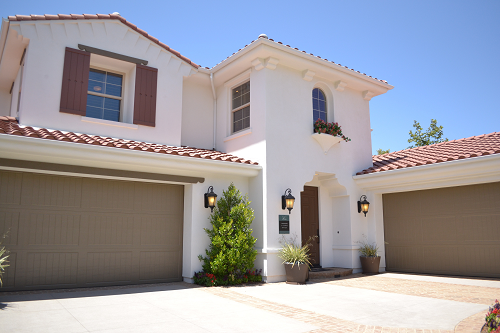Home insurance companies determine rates based on a wide range of factors. But you will notice that urban, suburban and rural homes vary dramatically when it comes to the premiums paid. 
Here are some of the factors that make up the difference between a typical urban, suburban and rural home:
-
Proximity to fire departments. Rural homes tend to be farther away from public facilities, such as fire departments. This means that you are at a higher risk for fires.
-
Crime rates. Urban homes are at a higher risk of crime than suburban and rural homes.
-
The value of the home itself. Suburban homes tend to be the most expensive, given their high-value locations and proximity to public and private schools and places of employment.
-
Wood-burning stoves. These can come in handy during long winter months. But they can also increase insurance premiums. Wood burning stoves are most common in rural homes.
-
Building quality, age and materials. Suburban homes will almost invariably be built according to more recent codes and standards.
Every neighborhood has its own unique risks. You may be very close to a fire department in the city, but you also have higher instances of theft and vandalism. A suburban neighborhood may be safer, but the homes will also be more expensive. Rather than just considering whether your home is rural, urban, or suburban, your insurer is going to take all these risks into consideration when quoting your rates.
Tags : homeowners, policy, coverage, insurance
 May 25 at 3:45pm · Share May 25 at 3:45pm · Share
|